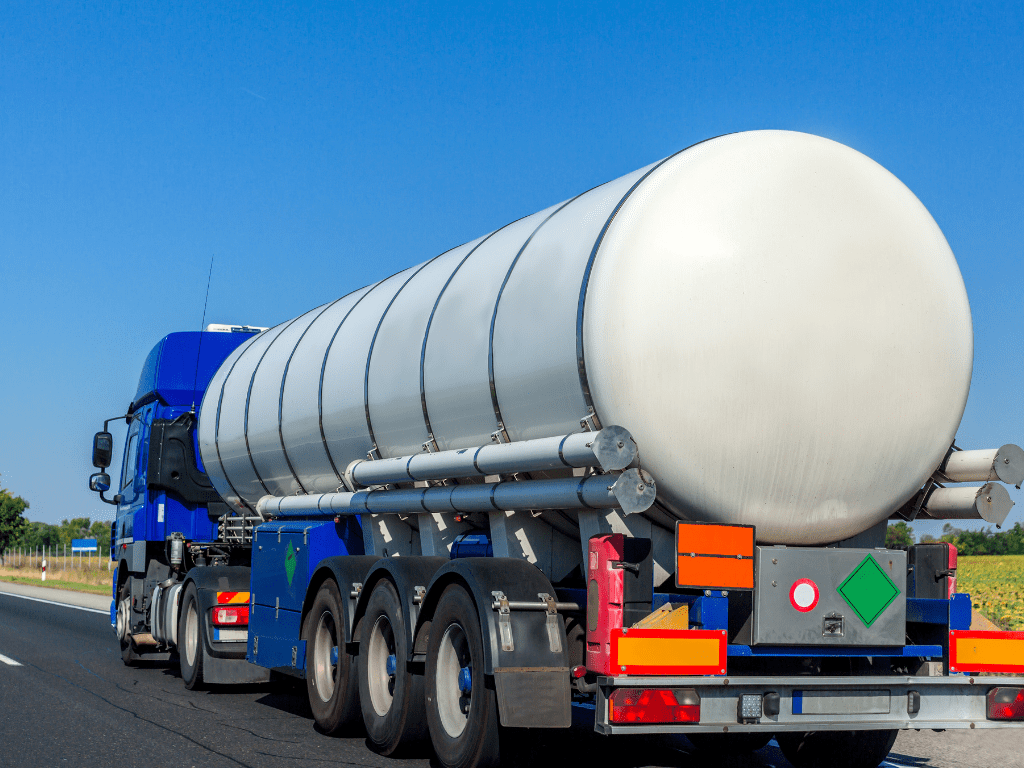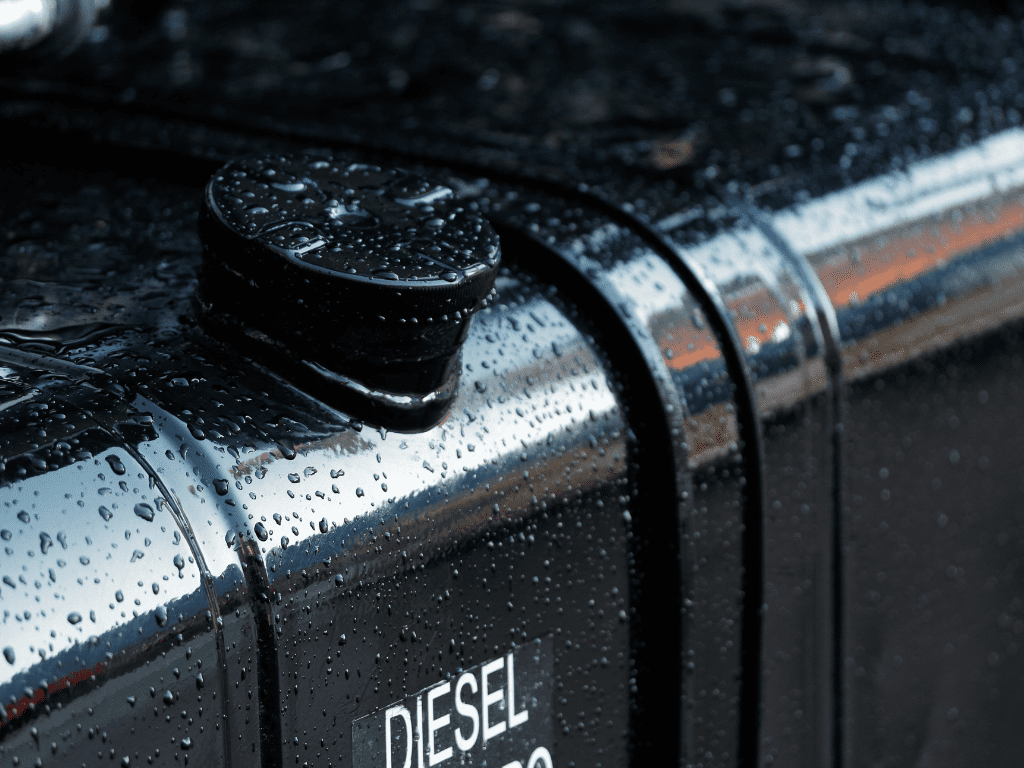Diesel tanks are the lifeline of industries relying on heavy machinery and transport. Over time, these tanks accumulate dirt, rust, sludge, and other contaminants, which can seriously compromise performance. That’s where the importance of a diesel tank cleaner comes in. This comprehensive guide will walk you through the benefits, methods, and importance of cleaning your diesel tank, and provide useful insights into choosing the best diesel tank cleaner for your needs.
Why Is Diesel Tank Cleaning Essential?
Diesel tanks can face various issues over time, from algae growth to sludge buildup. These contaminants can not only reduce fuel efficiency but also damage engines if left unchecked. Cleaning the tank regularly with a quality diesel tank cleaner can help prevent breakdowns and maintain optimal performance.
Common Diesel Tank Contaminants
- Sludge: Sludge is one of the most common issues faced by diesel tanks. It typically results from the natural degradation of diesel fuel over time.
- Water: Water can seep into diesel tanks through condensation, resulting in rust and microbial growth.
- Rust and Corrosion: Metal tanks are particularly prone to rust, especially when moisture is present.
Consequences of a Dirty Diesel Tank
If contaminants are not properly cleaned, they can lead to several costly problems:
- Reduced fuel efficiency: A dirty tank can clog fuel filters and strain engines, reducing overall performance.
- Fuel contamination: Contaminated fuel can damage machinery and result in costly repairs.
- Corrosion: Rust and corrosion can weaken the structural integrity of the tank, leading to leaks or more serious failures.

Best Practices for Cleaning Diesel Tanks
To ensure that your diesel tank remains clean and efficient, it’s important to adopt the right cleaning techniques. A proper diesel tank cleaner is essential, but there are also specific steps you should follow.
Step 1: Preparing the Tank
Before cleaning, it’s important to ensure the tank is properly prepared:
- Drain the fuel: Remove all fuel from the tank and dispose of it according to local environmental regulations.
- Inspect the tank: Check for visible damage such as rust, cracks, or leaks that may need repair.
Step 2: Choosing the Right Diesel Tank Cleaner
Selecting the appropriate diesel tank cleaner is crucial for thorough cleaning. Some tank cleaners are specifically designed to break down sludge, algae, and other contaminants, while others focus on rust removal.
A good example of an effective cleaner is AQUAQUICK 2000, a versatile product known for its biodegradable formula and ability to clean a variety of contaminants. It’s suitable for cleaning diesel tanks, helping to break down oils and grease naturally.
Step 3: Cleaning Methods
There are various methods for cleaning diesel tanks, depending on the size of the tank and the level of contamination. Here are the most common techniques:
a. Manual Cleaning
Manual cleaning involves physically removing contaminants by scrubbing the tank. This method is labor-intensive but highly effective for small tanks.
b. Chemical Cleaning
Chemical cleaning uses solvents or cleaners like AQUAQUICK 2000 to break down deposits. It’s a popular method for large tanks where manual cleaning would be too difficult. The cleaner is circulated throughout the tank to dissolve sludge and other contaminants.
c. Power Washing
Power washing combines pressure and water to blast away buildup inside the tank. It’s an excellent option for medium-sized tanks and when paired with a diesel tank cleaner, it can be even more effective.
How to Use a Diesel Tank Cleaner Effectively
To get the most out of your diesel tank cleaner, follow these steps for proper usage:
1. Diluting the Cleaner
Most diesel tank cleaners need to be diluted with water to work effectively. Follow the manufacturer’s guidelines on the appropriate ratio. With AQUAQUICK 2000, for example, the dilution process is straightforward, and the product maintains its effectiveness in breaking down contaminants.
2. Applying the Cleaner
Once diluted, apply the cleaner to the inside of the tank. This can be done by spraying, pouring, or circulating the solution through the tank system. Make sure the cleaner covers all areas, especially hard-to-reach spots where sludge might accumulate.
3. Letting the Cleaner Sit
Allow the cleaner to sit for the recommended amount of time. This gives it time to break down contaminants. Depending on the level of buildup, the cleaner may need to sit for a few hours or even overnight.
4. Rinsing the Tank
Once the cleaner has had time to work, rinse the tank thoroughly with clean water. Power washing may help ensure all traces of the cleaner and contaminants are removed.

Key Features to Look for in a Diesel Tank Cleaner
Not all diesel tank cleaners are made equal. When selecting a product, here are some key factors to consider:
1. Biodegradability
A biodegradable cleaner is not only better for the environment but also ensures that you can safely dispose of the waste produced during the cleaning process. AQUAQUICK 2000 is one such biodegradable option, making it a popular choice for environmentally conscious industries.
2. Compatibility with Tank Materials
Make sure the cleaner you choose is compatible with the material of your tank, whether it’s made of steel, aluminum, or another material. Some cleaners can be corrosive to certain metals, so always check the product specifications.
3. Strength and Effectiveness
For tough contaminants like sludge and algae, a stronger cleaner may be required. Look for products that specifically target these issues and ensure they are effective in breaking down the contaminants in your tank.
4. Safety Considerations
It’s important to choose a diesel tank cleaner that is safe to use, both for the person applying it and for the equipment itself. AQUAQUICK 2000, for instance, is non-toxic and safe for both users and the environment, while still providing powerful cleaning action.
How Often Should You Clean Your Diesel Tank?
The frequency of cleaning your diesel tank depends on several factors, including how often the tank is used, the type of fuel, and the environmental conditions. However, as a general rule, it’s recommended to clean your diesel tank at least once a year.
Factors Influencing Cleaning Frequency
- Climate: In humid environments, condensation can lead to water buildup, which necessitates more frequent cleaning.
- Fuel Type: Lower-quality diesel may contain more impurities, leading to faster contamination.
- Usage: Tanks that are used more frequently may need to be cleaned more often to prevent excessive buildup of contaminants.
Maintaining Your Diesel Tank After Cleaning
After cleaning your diesel tank, it’s important to maintain it properly to prevent future contamination. Here are some tips for maintaining a clean tank:
Regular Fuel Filter Replacement
Ensure that fuel filters are replaced regularly to prevent debris from entering the tank.
Water Removal Systems
Consider installing a water removal system to reduce condensation and prevent rust or algae growth.
Scheduled Tank Inspections
Regularly inspect your tank for signs of damage or contamination. Early detection can prevent costly repairs down the line.

Conclusion
Cleaning your diesel tank is essential for ensuring the longevity and efficiency of your machinery and equipment. Using a high-quality diesel tank cleaner, such as AQUAQUICK 2000, can make this process much easier and more effective. By following proper cleaning techniques, you can minimize the risk of costly breakdowns and improve the overall performance of your diesel-powered systems.
Remember to clean your tank at least once a year, monitor for contaminants regularly, and always choose the best cleaner for the job. The benefits of regular cleaning far outweigh the costs, leading to smoother operations, better fuel efficiency, and a longer lifespan for your diesel tank.














